The Surprising Benefits of Waxed Jackets | Waterproof, Thornproof, Fashionproof, and More

Expert Verified By: Nolan Walsh, CEO & Creative Director, Thursday Boot Company
A quintessential symbol of the rugged cool of the working class, waxed cotton jackets (typically canvas, sometimes twill) are some of the world’s most iconic and timeless outerwear — in our book, they rival leather and denim jackets.
But you were probably aware of leather and denim jackets long, long before noticing waxed canvas, so we’re going to explain why it’s so great. We’ve reviewed scores of waxed jackets (and waxed bags to boot) over the years and you’ve come to the right place to learn about its durability, performance, and many-layered style.
Further Reading
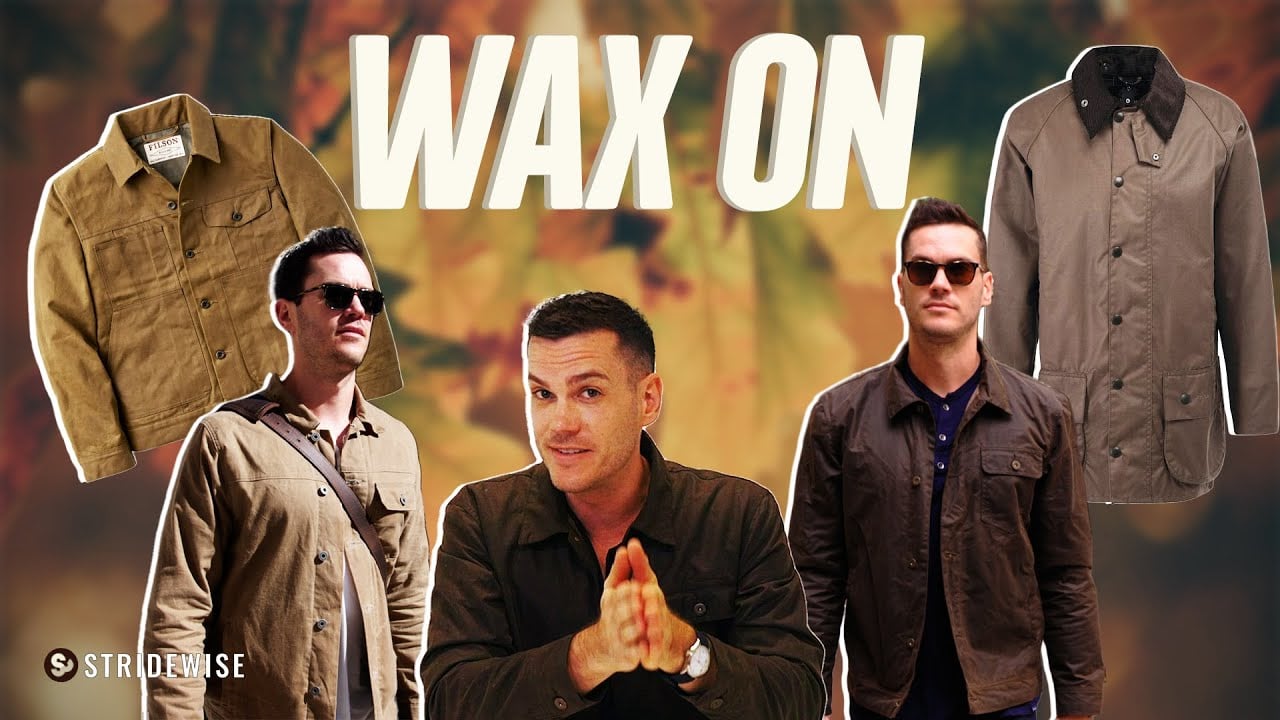
10 Best Waxed Jackets For Men In 2024 | USA Made, Casual, Hunting, Best Value, and More!
We’ve hunted down the best waxed canvas jackets for men for whatever your style. Learn more →
What is Waxed Canvas?
A big part of the appeal is the heritage: this is one of the oldest “technical fabrics” in the world. It’s made by applying a hot layer of wax to densely woven cotton — sometimes by hand and rag, sometimes with mechanical rollers at celebrated mills like British Millerain and Halley Stevensons, who supply much of the fabric used by Flint & Tinder and Barbour.
This practice originated, it is said, when sailors noticed their sails caught more wind when they were wet. They first tried applying linseed oil or fish oil to replicate the effect, ultimately landing on a thick layer of wax, creating a fabric that would go on to become the de facto choice for sailors’ jackets, frontiersmen’s tents, and outdoorsy bags.
[Related: The 10 Best Waxed Canvas Backpacks]

Waxed Twill Jackets
If your waxed jacket isn’t canvas, it’s almost certainly twill.
Aesthetically, the difference is that the surface of twill looks like it’s made of diagonal lines, which are called “wales” and become more prominent as the fabric gets thicker. Look down at your jeans and you’ll see diagonal lines — yup, denim’s a kind of twill.
Canvas, meanwhile, is appropriately called a “plain weave” and is plainer to look at, presenting a more subtle crosshatch look. Some say twill is a little more durable but others disagree; the main practical difference is that because canvas is a tighter weave it’s a little more wind resistant and it stretches and conforms to the body less than twill.
Those are the big reasons that canvas tends to be more popular in jackets and twill more popular in pants: the fit gets a little more customized with twill, the elements get a little more blocked with canvas.
[Related: Canvas vs Twill, Which Is Right for You?]
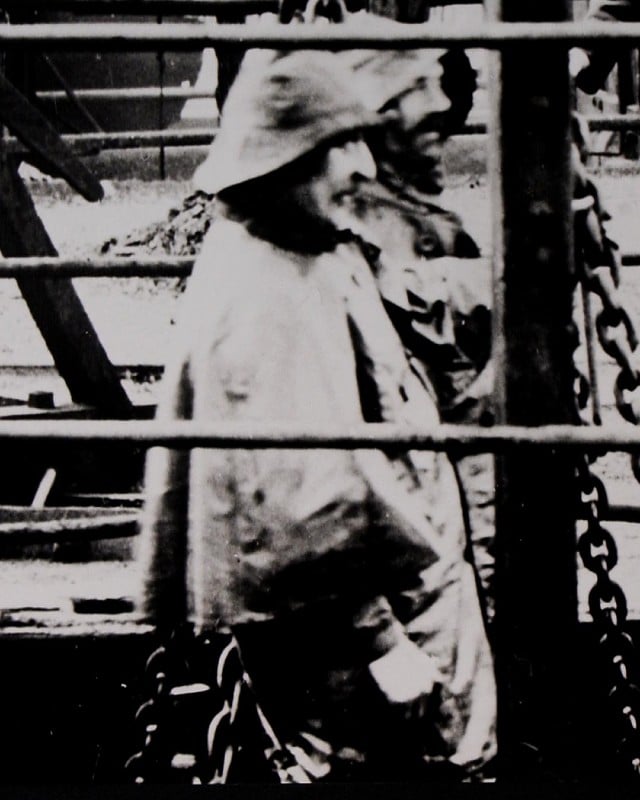
The History of Waxed Canvas
As we mentioned, sailors initially used waxed canvas for protection on the high seas, but from there, it spread to military and civilian use.
In the 1890s, the imaginatively named British mill, British Millerain, patented a new way to waterproof fabrics: instead of applying linseed oil they impregnated it with paraffin wax, a petroleum byproduct.
The result was a highly water-resistant fabric that was less stiff and more breathable than ever. This process also solved a persistent oddity: linseed oil tends to make fabrics yellow, which is said to be the reason fisherman’s slickers are traditionally yellow. (Well, that could be apocryphal; we’re just saying what’s said.)
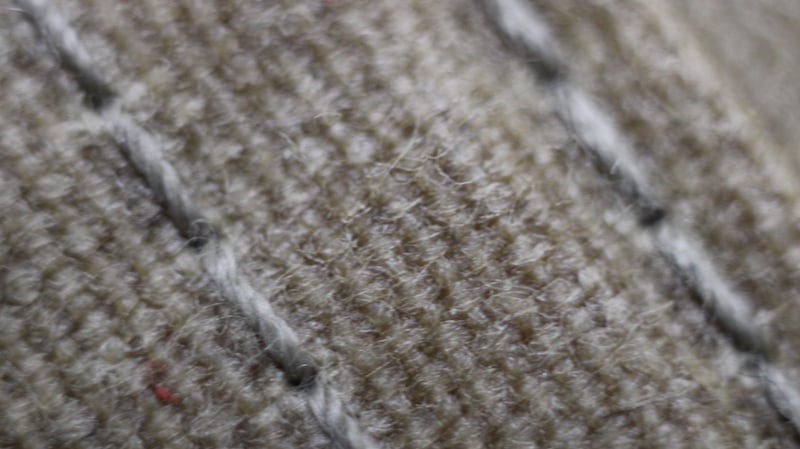
The newly flexible and aesthetically pleasing waxed canvas became so widespread that it’s still used on many of the market’s most popular outdoorsman jackets, including the famed collections from Filson, Barbour, and Flint & Tinder.
Filson and Barbour, in fact, were both founded in the 1890s on separate sides of the Atlantic and with different intended uses: Filson for outfitting the Pacific Northwest’s gold rushers and lumberjacks, Barbour for outfitting Britain’s hunters and horsemen. Both emphasized waxed canvas jackets, but with totally different aesthetics.

Then it spread to the military. In all its durable and pretty-much-waterproof glory, waxed canvas became the most popular fabric for the British Armed Forces during World War II, spreading from military clothing to tents, uniforms, and duffles.
After World War II, waxed jackets spread even further, expanding beyond somewhat niche outdoorsmen hobbies and into commercial raincoats. They were initially used only by gamekeepers and agriculturalists, but soon spreading to motorcyclists and outdoor sports circles.
Eventually, modern synthetics like Gore-Tex supplanted it in the public’s eye as the go-to rainwear, but waxed cotton is still a great example of a fabric standing the test of time.
Benefits of Waxed Cotton Jackets
Waxed canvas jackets hold their own against modern fabrics and are arguably better for quite a few reasons.

Durable and Abrasion Resistant
A trusty companion for outdoor adventures, your waxed jacket is extremely resitant to any rips and tears from thorns and nails and sabertooths.
Note that I once sliced open a leather jacket on a nail, and it could never be fixed. That won’t happen to a canvas jacket — and if it does, holes are infinitely easier to fix up. Plus they’re much cheaper!
The combination of the dense weave and water resistant coating means you don’t need to sweat over keeping your waxed cotton jacket clean and pristine, as any dirt and mud can be wiped and brushed off pretty easily without damaging the material.
(If you do get stubborn stains, grab some Canvas Cleaner read our guide to cleaning waxed jackets.)
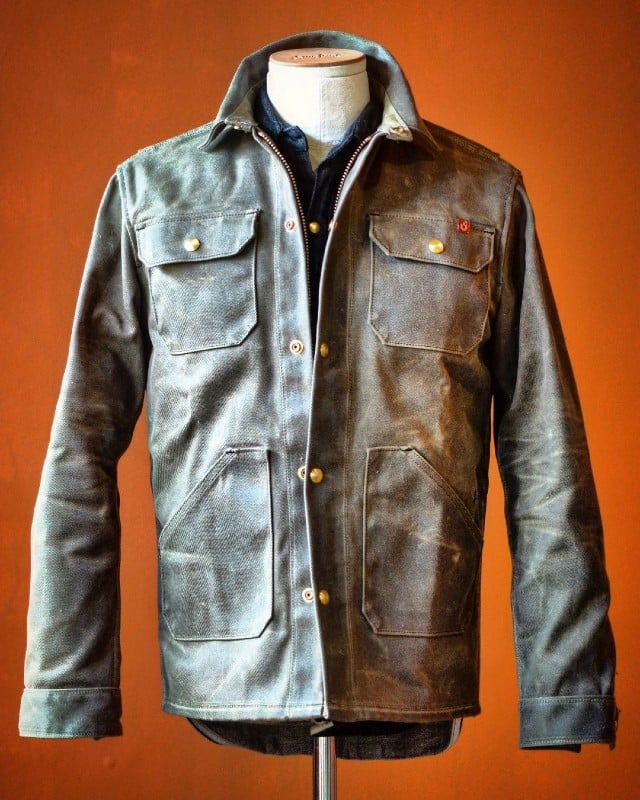
They Look Better As They Age
It’s not just that they endure hard wear, they also break in and fade in a very pleasing way, kind of like raw denim. It’s a firmly casual fabric, don’t get us wrong, but like denim and leather, it’ll last for years and even decades, and pulling on your old jacket will earn looks of admiration rather than upturned noses. (The ones you get when you bring out a timeworn nylon windbreaker or poly hoodie. I’m talking to you, Dad.)
My favorite aspects of waxed canvas are the water resistance, but which everyone knows, but also just how it patinas. It almost patinas like a rich leather when you really wear it. I think that’s what makes it really special.
Nolan Walsh, Creative Director of Thursday Boot Company.
The outer shell of your jacket naturally picks up patterns, lines, and creases as you wear it, giving it its own unique look over time. The main reason people love waxed jackets is that no matter how many years have passed by, the jacket grows and evolves. It is reliable and faithful to you like a good old friend.
Further Reading

How to Wax a Jacket: A Step-By-Step Guide to Waterproof Cotton
Our waxed jacket expert, Troy, walks us through the rewaxing process. Learn more →
Water Resistant
As long as they’re waxed, cotton jackets are waterproof. This is because wax is hydrophobic and pretty impermeable.
We won’t lie: waxed canvas doesn’t breathe that well, so if you’re getting your heart rate up or looking for something to protect you in tropical storms, you’ll sweat. It’s also heavier than lighter-weight waterproof fabrics like Gore-Tex.
But it’s tougher, cooler, and longer lasting.
Further Reading

Is Waxed Cotton Waterproof?
We put waxed canvas to the test to see if it’ll keep you dry in wet weather.

Casual, Timeless, and Versatile
Whether it’s the distinctly European Barbour Beaufort or the distinctly American Huckberry Trucker, this is an ideal material for guys who want timeless style. (You’d want your jacket to be classic because it’ll last so dang long.)
Maybe best of all: canvas works great with denim. One’s plain weave, one’s twill weave, you can wear them both at once without gambling on a precarious Canadian tuxedo look. (Some guys pull it off, don’t get us wrong, but it takes skill.)
Wrapping Up
Waxed canvas has been use for unlined, not-that-cold jackets and heavyweight, insulated puffer jackets, so the possibilities are pretty much endless with this dynamic material.
Unless you’re looking for something you can dress up — think of waxed canvas as an exciting alternative on the denim spectrum. It’ll last for ages, look better every passing year, and fend off thorns and nails with ease. Cool, right?








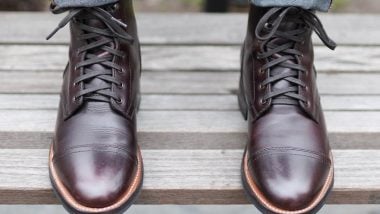
What happens if you re-wax a jacket that has a liner – does the liner get all gunky then crusty hard and misshapen?
No, the wax shouldn’t go that far through the canvas